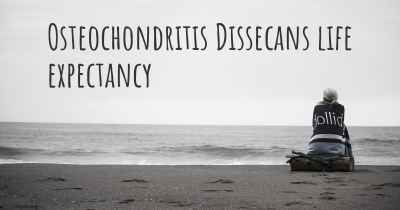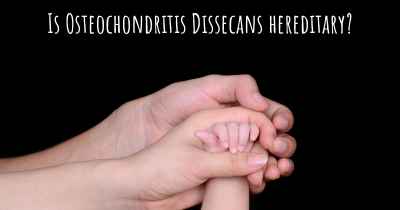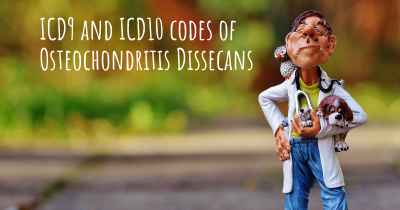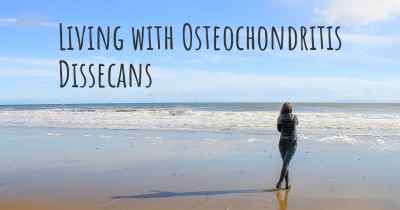What is the history of Osteochondritis Dissecans?
When was Osteochondritis Dissecans discovered? What is the story of this discovery? Was it coincidence or not?
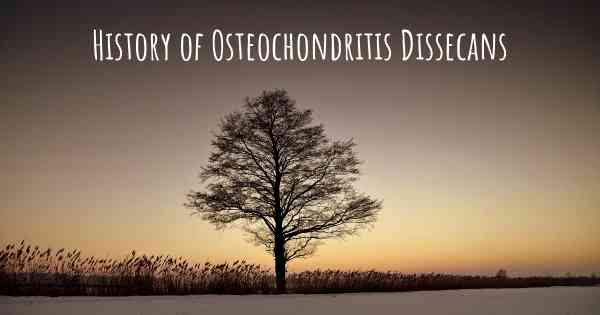
Osteochondritis Dissecans (OCD) is a condition that affects the joints, particularly the knee, ankle, and elbow. It is characterized by the detachment of a piece of cartilage and underlying bone from the joint surface. This condition can cause pain, swelling, and limited joint movement.
The history of Osteochondritis Dissecans dates back to the 19th century when it was first described by a German surgeon named Franz König in 1888. He observed the condition in the knee joints of young patients and named it "osteochondritis dissecans" to reflect the inflammation and separation of cartilage and bone.
Over the years, researchers and physicians have made significant contributions to understanding and treating OCD. In the early 20th century, Dr. Robert Bayley Osgood and Dr. Carl B. Schlatter independently described a similar condition affecting the tibial tubercle, known as Osgood-Schlatter disease. Although Osgood-Schlatter disease is not exactly the same as OCD, it shares similarities in terms of joint involvement and cartilage/bone separation.
Advancements in medical imaging techniques, such as X-rays and magnetic resonance imaging (MRI), have played a crucial role in diagnosing and studying OCD. In the mid-20th century, X-rays became widely available, allowing physicians to visualize the affected joints and identify the characteristic bone and cartilage lesions associated with OCD.
Throughout the years, various treatment approaches have been developed to address OCD. Initially, conservative management, including rest, immobilization, and physical therapy, was the primary approach. However, as our understanding of the condition improved, surgical interventions became more common.
Arthroscopy, a minimally invasive surgical technique, revolutionized the treatment of OCD. It allows direct visualization of the joint and enables surgeons to remove loose fragments, repair damaged cartilage, or stimulate healing through drilling or microfracture techniques. Arthroscopy has significantly improved patient outcomes and reduced the need for open surgeries.
Research on OCD has also focused on understanding its underlying causes and risk factors. While the exact etiology remains unclear, several factors have been identified as potential contributors, including genetics, trauma, repetitive stress, and vascular insufficiency. The interplay between these factors and the joint's biomechanics is still an area of active investigation.
In recent years, regenerative medicine approaches, such as stem cell therapy and tissue engineering, have shown promise in the treatment of OCD. These innovative techniques aim to promote the repair and regeneration of damaged cartilage and bone, offering potential long-term solutions for patients.
In conclusion, the history of Osteochondritis Dissecans spans over a century of medical advancements and research. From its initial description by Franz König to the development of arthroscopic techniques and ongoing investigations into its causes, OCD has been the subject of significant scientific interest. With continued research and technological advancements, the understanding and treatment of OCD are likely to improve, providing better outcomes for individuals affected by this condition.
